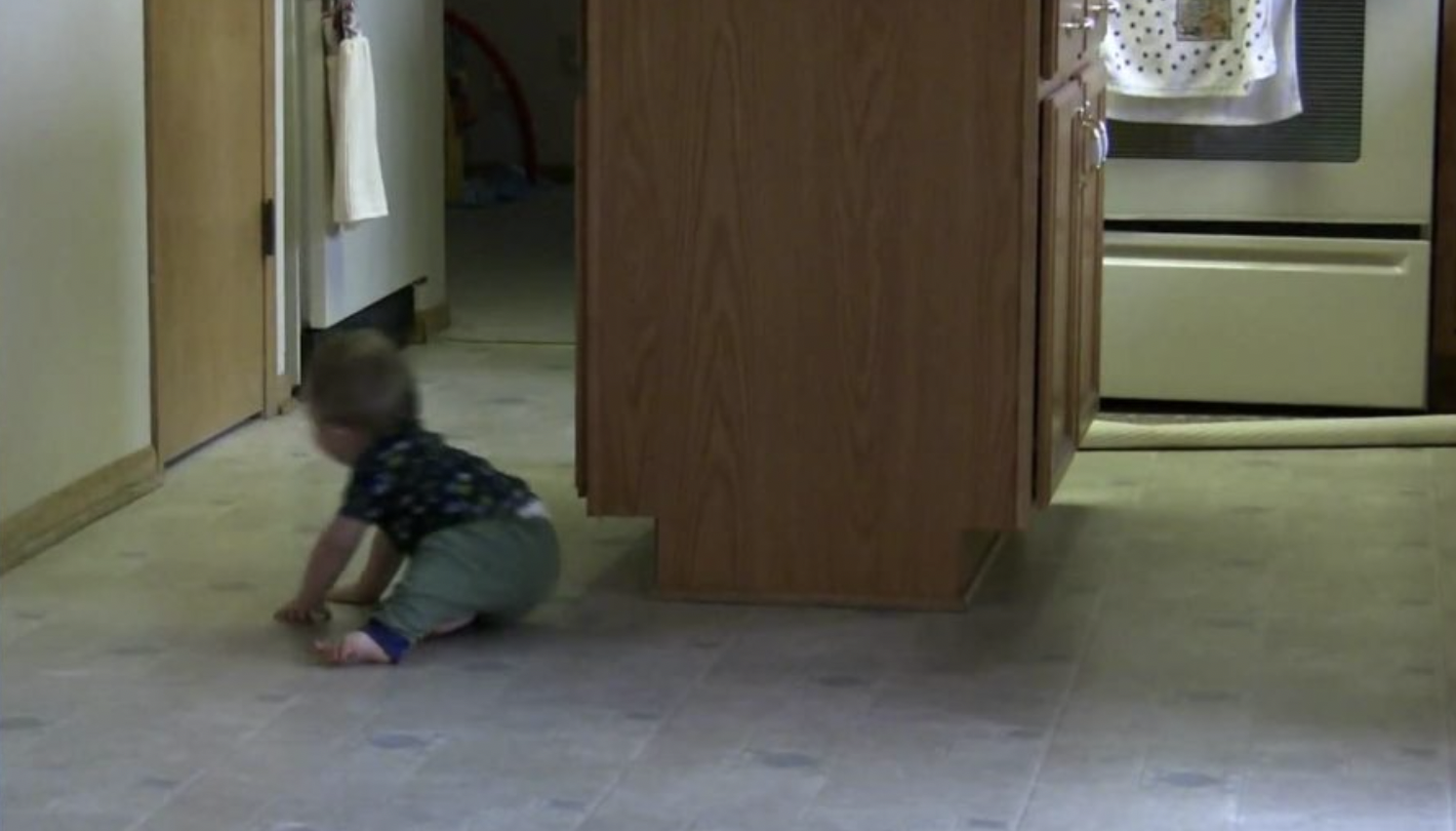The classic game of hide and seek goes back centuries, maybe even millennia. It’s impossible to tell the exact origin due to the overall simplicity of the game. This simplicity makes it a natural game for children of all ages to play almost anywhere and in any environment. Read on to find out about the most popular game in the world: hide and seek! For toddlers, hide-and-seek is the main element of the family game. Peek a boo teaches children the idea of object permanence. At first, when the parent covers their face, the child thinks that the parent has really disappeared.
As soon as the arms are removed, the parent reappears as if by magic! Toddlers invariably enjoy this game and it usually causes a lot of laughter from both parents and the child. After many months, as the child’s brain develops, they begin to understand that the parent has not disappeared, but simply hid. When babies start walking and grow into toddlers, hide and seek is the next natural progression. Instead of hiding their face behind their hands, a parent or other child hides their entire body somewhere, and the newly released baby has to find them.
Hide-and-seek can be started when the child starts walking, at about 1 year old. In order to fully “understand” the game and understand (even the basic rules), most children begin to really play around the age of 3 years. That’s when kids can move fast enough, they have enough brains to think of new areas to hide or see and accept. win and loss. Up to this age is great for parent and child play as parents tend to show much more patience and understanding of little toddlers’ abilities.
